Our car experts choose every product we feature. We may earn money from the links on this page.
Getty Images
Buying new tires can be a daunting experience. You face a bewildering array of brands, sizes and tire types to choose from, so it's easy to be confused. But don't worry: this guide will provide you with the essential facts you need to in order to make the right tire choice for your vehicle at the price you want to pay.
Before you buy, you'll need to know the answers to the following questions:
Already know about tires and just want our top picks? Our favorites in each category are listed below. Further down, you'll find more information about all-season, summer, and winter tires plus our top alternative picks in each category.
Best All-Season Tire
$127 at tirerack.com
Best Summer Tire
$241 at Tire Rack
Best Winter Tire
$104 at discounttire.com
Is our top pick unavailable in the size you need? Looking for a fast, easy way to sort through the dozens of alternatives? Then go to Tire Rack's Tire Decision Guide. The company says it'll have a list of appropriate alternative choices for you in two minutes or less. The tirerack.com site is also deep with important consumer data, including tire warranties, treadwear guarantees, and tire-test results.
$150 at Tire Rack
$138 at tirerack. com
com
$235 at Tire Rack
The vast majority of vehicles today come with all-season tires, which are designed to provide acceptable all-around capability throughout the year and in all weather conditions. That means a reasonable ride and respectable handling, quiet running, good wet-weather grip, and some capability in snow. Given their all-season designation, most car owners leave them on in winter and expect that their tires will deliver all the traction they need on snowy, icy roads. But most all-season tires are marginal in snow; dedicated winter tires, also known as snow tires, provide far better traction when the snow falls.
There are now two main sub-categories of all-season tires: high-performance all-seasons and grand touring all-seasons. High-performance all-season tires provide sharper handling than "standard" all-season tires. They grip the road more confidently and feel more sporty to drive—usually at the expense of some winter-weather traction.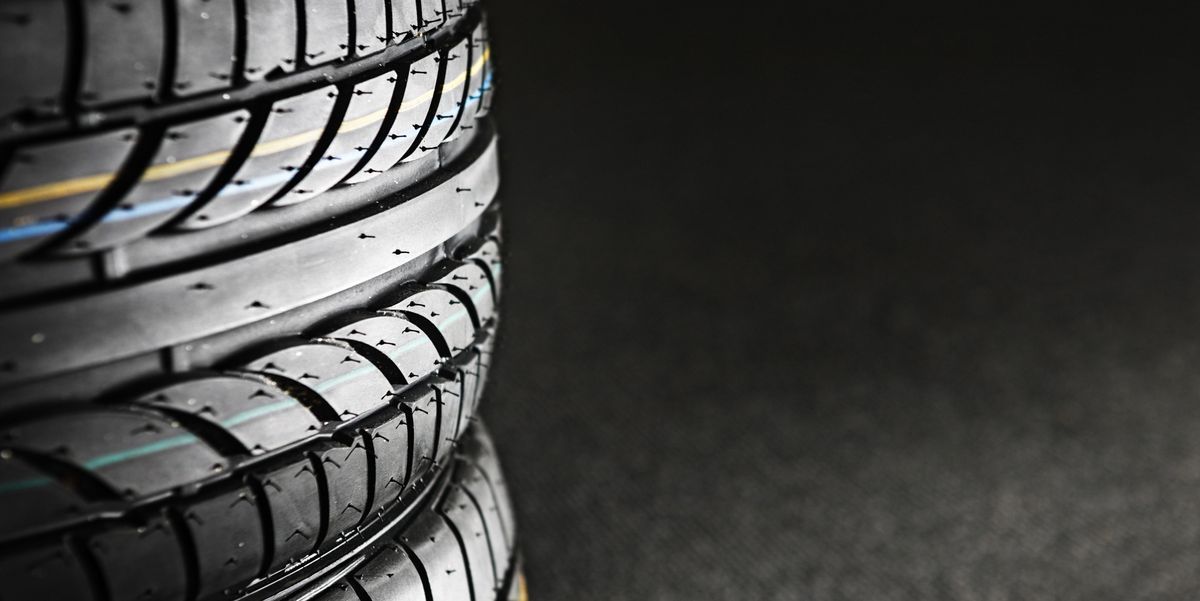 These tires are intended for sportier cars and more-aggressive drivers. Grand touring all-season tires have the lower-profile look of high-performance all-season tires but ride better at the price of some handling ability.
These tires are intended for sportier cars and more-aggressive drivers. Grand touring all-season tires have the lower-profile look of high-performance all-season tires but ride better at the price of some handling ability.
Recently, a subset of grand touring all-season tires has emerged that we call “all-weather” tires. These tires feature snow traction that almost comparable to that of pure winter tires while offering similar performance in other areas as conventional all-season tires. They are designated by a snowflake-within-a-mountain symbol on the tire's sidewall.
Summer Tires$160 at Tire Rack
$195 at Tire Rack
$211 at Tire Rack
This term is a misnomer, as this type of tire should rightly be called "three-season" rubber.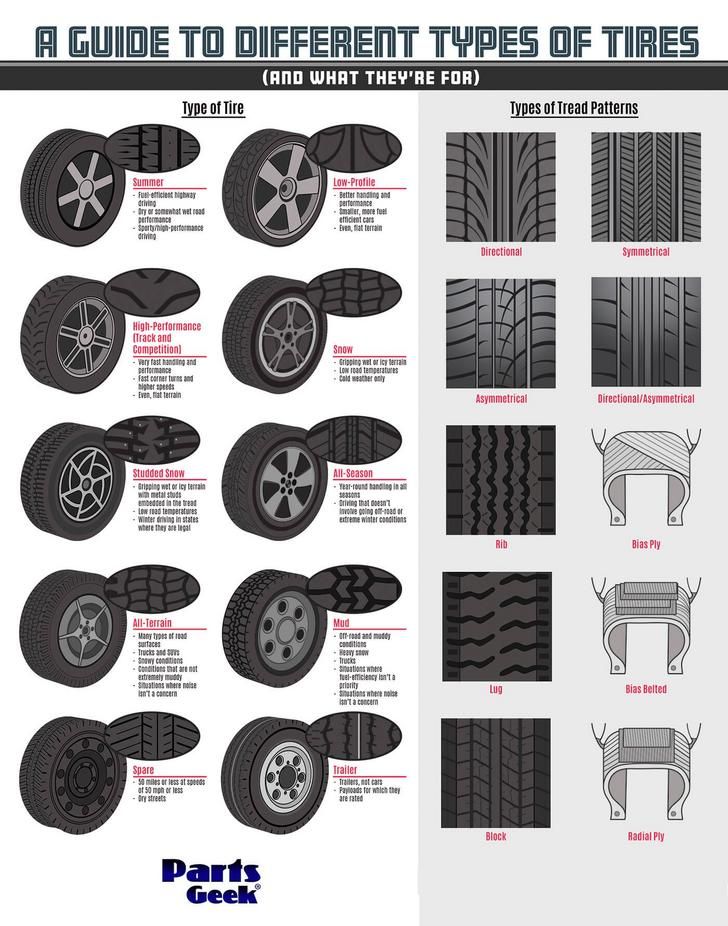 Summer tires are designed specifically to deliver dry- and wet-weather traction in moderate or warm weather. They sharpen steering response, increase cornering traction by an order of magnitude, and stop your vehicle in much less distance. But they do so at a cost: most summer tires only work well at temperatures of about 40 degrees Fahrenheit and above. As outside temps fall toward freezing, the tires can feel skittish and behave inconsistently; they lose a large portion of their grip to the point that they act like they are on a wet or even icy road. More than one driver of a powerful car, unaware of the temperature sensitivity of its summer tires, has lost control and crashed on a cold day.
Summer tires are designed specifically to deliver dry- and wet-weather traction in moderate or warm weather. They sharpen steering response, increase cornering traction by an order of magnitude, and stop your vehicle in much less distance. But they do so at a cost: most summer tires only work well at temperatures of about 40 degrees Fahrenheit and above. As outside temps fall toward freezing, the tires can feel skittish and behave inconsistently; they lose a large portion of their grip to the point that they act like they are on a wet or even icy road. More than one driver of a powerful car, unaware of the temperature sensitivity of its summer tires, has lost control and crashed on a cold day.
As with all-season tires, summer rubber comes in several varieties. Tire Rack divides these tires into three main groups by escalating capability: ultra-high performance on the bottom rung, followed max performance and extreme performance. Summer tires come on cars such as Porsches, Corvettes, Mercedes-AMGs, and Mustangs.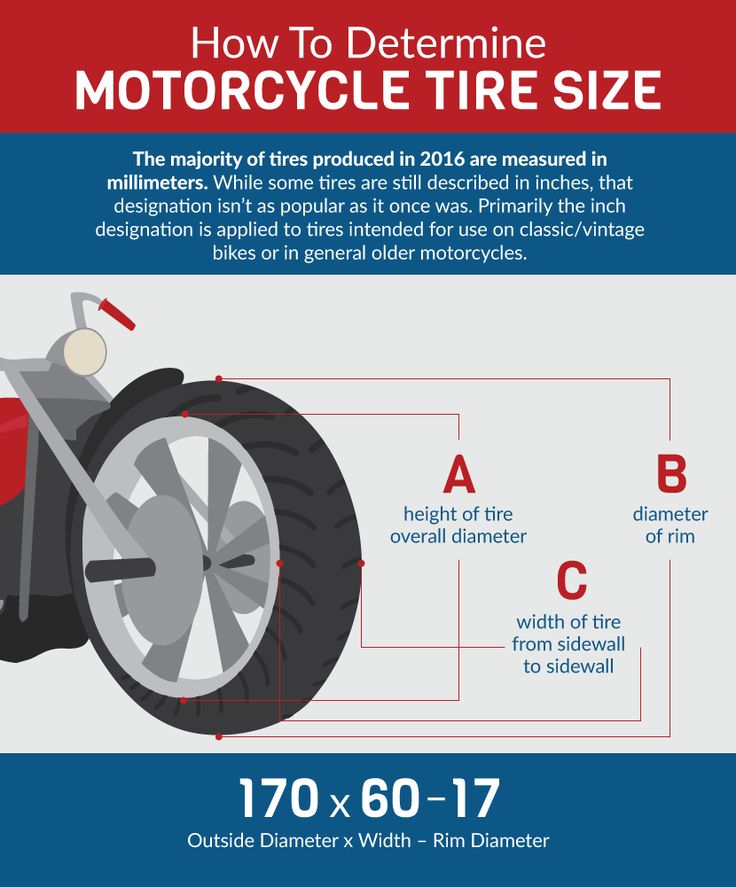
$166 at Tire Rack
$180 at Tire Rack
$270 at Tire Rack
Called "snow tires" in the past, winter tires are designed to provide maximum traction in snow and in slippery winter conditions—and the traction they provide in those situations is not matched by any other category of tire. Even an all-wheel-drive vehicle on all-season tires cannot match the stopping or turning capability of a similar two-wheel drive vehicle fitted with four winter tires, a point we have proven in our own winter-tire testing.
Winter tires are designed to work well in the cold-weather months, but they don't handle or wear as well as all-season or summer tires once the weather warms up. They should be considered as a second set of tires for your vehicle if you live where snow flies annually. We fit all of our long-term test vehicles with winter tires and they've proven their worth many times over.
We fit all of our long-term test vehicles with winter tires and they've proven their worth many times over.
Why use winter tires? If you live in the northern states, we recommend purchasing a set of winter tires. Their deep treads are engineered to deliver a significant traction improvement, and do they ever work. You'll feel safer and be safer, not to mention more relaxed when driving in snow. Retailers such as Tire Rack will sell you a set of snows mounted on steel wheels that you can swap on when winter rolls around. Here at Car and Driver, we swear by them.
Tire Size and Other Factors
Most consumers choose to replace the worn tires on their vehicle with something equivalent in size and capability. This makes a lot of sense; your car was engineered to work well on the type and size of tires it came on, so fitting an identical or similar replacement set would maintain the performance and safety your vehicle was designed to deliver.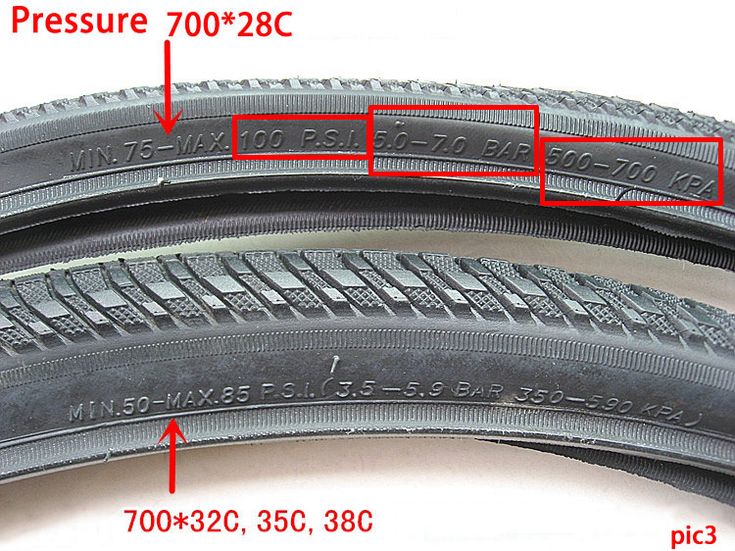 (We'll get to upgrading later on).
(We'll get to upgrading later on).
To inform your decision process, you'll need to know your vehicle's tire size and speed rating, and you'll also want to consider how many miles you'll get out of any new tires you are considering (this is called tread wear). Much of that information is printed on the sidewalls of the tires that are on your car right now. It's also available in most owner's manuals, online, and at tire dealers. (We suggest cross-checking those sources to make sure you've got the right information.)
Here's how to read the most important data imprinted on your tires' sidewalls. (For an in-depth look at how to read all of the information on a tire sidewall, click here.)
KEY: 1) Tire width; 2) Aspect ratio; 3) Radial-tire designation; 4) diameter; 5) Load rating with speed rating; 6) Heaviest spot on tire; 7) Tread-wear rating; 8-9) Traction and temperature ratings; 10-11) Mud-and-snow or three-peak-mountain rating; 12) Vehicle-specific marking; 13) Tire-materials list and manufacturing information
Tire SizeIf you're going to replace your tires with something equivalent, you will need to know the proper size. The size of car and light truck tires is usually expressed in a short series of numbers and letters that read like this (as seen in the above illustration): 245/40-R18. The first number indicates the width of the tire at its widest point in millimeters. The number after the slash is what's called the aspect ratio, which indicates how tall the sidewall is as a percentage of the width. The higher the number, the taller the sidewall. The squat tires fitted to sports cars and muscle cars, called low-profile tires, have aspect ratios of 30–40. Family sedans and SUVs are in the 45-60 range or taller. The final number in the series is the diameter of the wheel in inches that the tire must mount to. The "R" indicates it's a radial tire, which virtually all of today's tires are.
The size of car and light truck tires is usually expressed in a short series of numbers and letters that read like this (as seen in the above illustration): 245/40-R18. The first number indicates the width of the tire at its widest point in millimeters. The number after the slash is what's called the aspect ratio, which indicates how tall the sidewall is as a percentage of the width. The higher the number, the taller the sidewall. The squat tires fitted to sports cars and muscle cars, called low-profile tires, have aspect ratios of 30–40. Family sedans and SUVs are in the 45-60 range or taller. The final number in the series is the diameter of the wheel in inches that the tire must mount to. The "R" indicates it's a radial tire, which virtually all of today's tires are.
Tires also carry a speed rating, which indicates not only how fast they can safely go for an extended period of time, but also the overall performance potential of the tires. Tires for high-performance cars have a higher speed rating than those for mainstream family sedans and SUVs. The speed rating of the original tires that came on your car were matched to the maximum speed the car could attain—plus a significant built-in safety margin. This speed rating is expressed as a letter in the alpha-numeric code that immediately follows the tire size. Letters range from L to Y, and cover maximum speed ranges from 75 mph to more than 186 mph.
Tires for high-performance cars have a higher speed rating than those for mainstream family sedans and SUVs. The speed rating of the original tires that came on your car were matched to the maximum speed the car could attain—plus a significant built-in safety margin. This speed rating is expressed as a letter in the alpha-numeric code that immediately follows the tire size. Letters range from L to Y, and cover maximum speed ranges from 75 mph to more than 186 mph.
The are two pieces of data that will help you estimate how many miles you can expect from a set of tires: the tread-wear rating and the tire mileage warranty. The tread wear rating is listed as a number on the tire sidewall after the word "treadwear". The higher this number, the more likely the tire will last longer. But the tests that are used to determine treadwear aren't precise, so there is a lot of variability in this number.
A better way to gauge potential tire life, and to compare the expected longevity of different tires you might be considering, is to look at the manufacturers' tread-life warranties. Many but not all tires carry a tread-life warranty in addition to manufacturing-quality/defect warranties. This information can be found online (like this example from tirerack.com), or in the tire maker's marketing materials. The industry's general rule is that about three-quarters of all drivers will find that their tires last at least last as long as the mileage listed in the tread life warranty. Generally, if your tires wear out before the guaranteed mileage bogey, you can get a credit for the percentage of miles you came up short, which you can then apply to the purchase of a new tire. (Tire dealers routinely handle this transaction.)
Many but not all tires carry a tread-life warranty in addition to manufacturing-quality/defect warranties. This information can be found online (like this example from tirerack.com), or in the tire maker's marketing materials. The industry's general rule is that about three-quarters of all drivers will find that their tires last at least last as long as the mileage listed in the tread life warranty. Generally, if your tires wear out before the guaranteed mileage bogey, you can get a credit for the percentage of miles you came up short, which you can then apply to the purchase of a new tire. (Tire dealers routinely handle this transaction.)
Numerous automakers fit their cars with run-flat tires from the factory. These tires are capable of driving for short distances at low speeds even after a puncture has left them without air, allowing you to reach home or a repair facility without needing to change a flat on the side of the road. If your vehicle came on run-flats you have the option of replacing them with conventional tires and carrying a spare (but beware that some cars fitted with run-flats actually do not have a trunk compartment for a spare). Or, you can replace your worn run-flats with another set of run-flats. And now that tire-pressure monitoring systems are compulsory equipment in new cars, you could even fit run-flats on a car that didn’t originally come with them.
If your vehicle came on run-flats you have the option of replacing them with conventional tires and carrying a spare (but beware that some cars fitted with run-flats actually do not have a trunk compartment for a spare). Or, you can replace your worn run-flats with another set of run-flats. And now that tire-pressure monitoring systems are compulsory equipment in new cars, you could even fit run-flats on a car that didn’t originally come with them.
Run-flat tires do have downsides. Their stiff sidewalls, which are required to hold the tire up when deflated, tend to make the car ride noticeably harder over rough pavement, but tire tech is continually improving and run-flats aren’t nearly the penalty they were a decade ago. Choice is also more limited than with conventional tires and run-flats are premium-priced.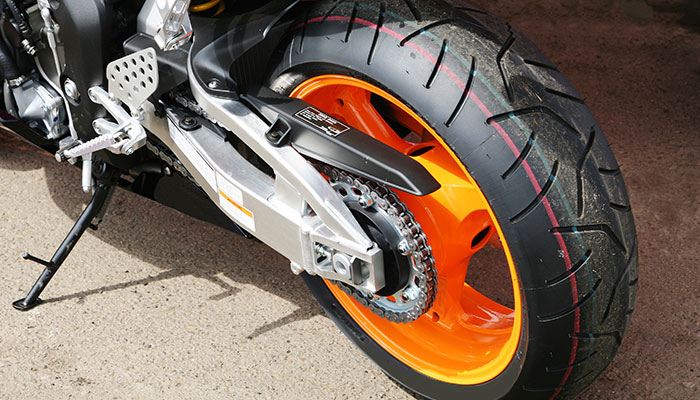 In general, we'd recommend swapping to conventional tires and carrying a spare or mini-spare if possible.
In general, we'd recommend swapping to conventional tires and carrying a spare or mini-spare if possible.
There's one more decision you need to make: do you simply replace the tires on your vehicle with something equivalent, or upgrade?
If you're going to replace what came on the car with something equivalent, you're ready to go. Peruse the online resources like Tire Rack to compare tires, and then either buy from one of them or head to a local tire store. The advantage of buying online is that you can get the exact tires you want; different brick-and-mortar tire stores sell different brands of tires. The online retailers have relationships with the chain tire stores, which will mount the tires you bought on the internet on your wheels (for a small fee) even though you didn't buy them there.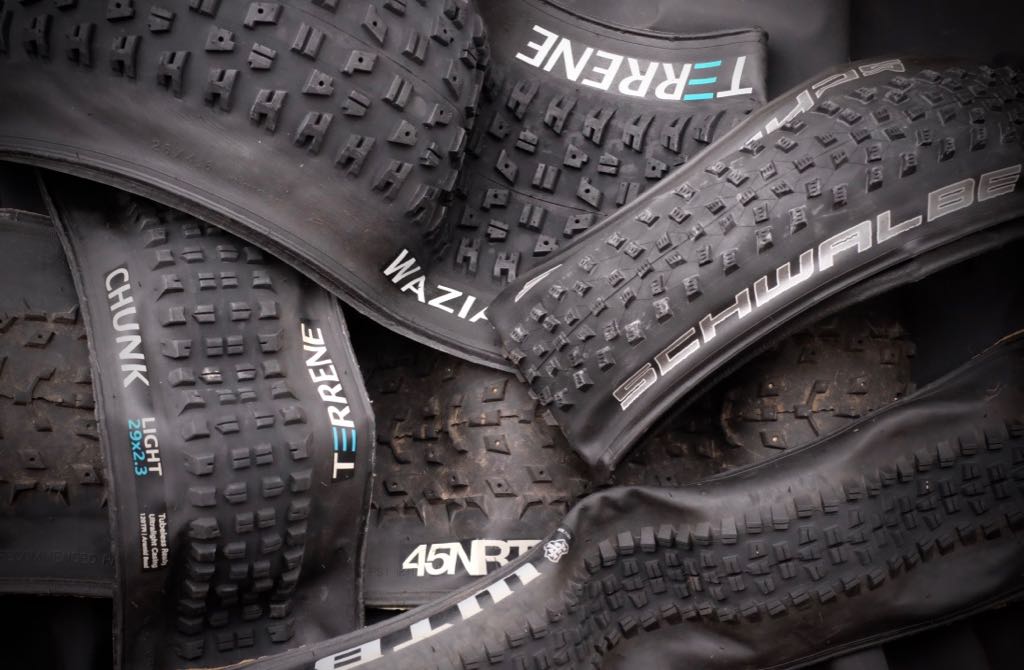 Tire Rack has a decision guide to help you find the tires that fit your car.
Tire Rack has a decision guide to help you find the tires that fit your car.
This is more complicated than simply replacing your tires, as you have several ways to go. You can choose a higher-performance tire of the same size on your current set of wheels by substituting, say, a high-performance all-season tire for a standard all-season—if you can find one that fits exactly. Or you can choose a set of wider, lower-profile summer or high-performance all-season tires, but this is trickier. You need to know if the tires will fit without rubbing on the suspension or body parts—a definite safety issue. Here, consulting one of the experts at Tire Rack is a must, as they have this information for many cars. You can also try checking an online forum for your make and model of car (if one exists).
Many vehicles can be had from the factory with several different tire sizes—Honda Civics, for example, come with tires ranging from 215/55-R16 to 245/30ZR-20—so going to a larger-diameter wheel might work. But know that fitting lower-profile rubber will almost always require a larger-diameter wheel. The outside diameter of your tires needs to remain constant; everything from your vehicle's suspension to its ground clearance to its gearing is affected by the overall size of the tires. As the sidewall gets slimmer, the wheel must grow to compensate. Use this size guide to see how switching to a lower-profile tire affects wheel diameter.
But know that fitting lower-profile rubber will almost always require a larger-diameter wheel. The outside diameter of your tires needs to remain constant; everything from your vehicle's suspension to its ground clearance to its gearing is affected by the overall size of the tires. As the sidewall gets slimmer, the wheel must grow to compensate. Use this size guide to see how switching to a lower-profile tire affects wheel diameter.
Wider, lower-profile higher-performance tires can also make the car ride rougher, wear faster, be noisier, and influence the steering, possibly causing you to have to make more steering corrections on the Interstate. Low-profile tires will also probably be more prone to damage from potholes, something we experienced with one of our long-term cars, which blew out a dozen of its low-profile tires in the course of 40,000 miles on our rutted Michigan roads. And they'll almost definitely be more expensive, plus you'll have to buy a new set of wheels. You'll need to consider all of these issues carefully before you make the leap.
You'll need to consider all of these issues carefully before you make the leap.
For everything you need to know about buying and maintaining tires, click here.
This content is imported from OpenWeb. You may be able to find the same content in another format, or you may be able to find more information, at their web site.
We believe everyone should be able to make financial decisions with confidence. And while our site doesn’t feature every company or financial product available on the market, we’re proud that the guidance we offer, the information we provide and the tools we create are objective, independent, straightforward — and free.
So how do we make money? Our partners compensate us. This may influence which products we review and write about (and where those products appear on the site), but it in no way affects our recommendations or advice, which are grounded in thousands of hours of research. Our partners cannot pay us to guarantee favorable reviews of their products or services. Here is a list of our partners.
Our partners cannot pay us to guarantee favorable reviews of their products or services. Here is a list of our partners.
If you don't want to stick with the type of tires that came with your car, look for the right size and the characteristics you want — and get started early.
Many or all of the products featured here are from our partners who compensate us. This may influence which products we write about and where and how the product appears on a page. However, this does not influence our evaluations. Our opinions are our own. Here is a list of our partners and here's how we make money.
The road is covered in a sheet of snow when the truck in front of you jams on the brakes. You hit the brake pedal and feel the tires gripping, safely bringing you to a stop just short of the truck’s rear bumper.
If something like this has happened to you, then you probably took the time to choose the right tires for your car. Picking tires that can handle weather and road conditions you encounter is one of the most important decisions you can make.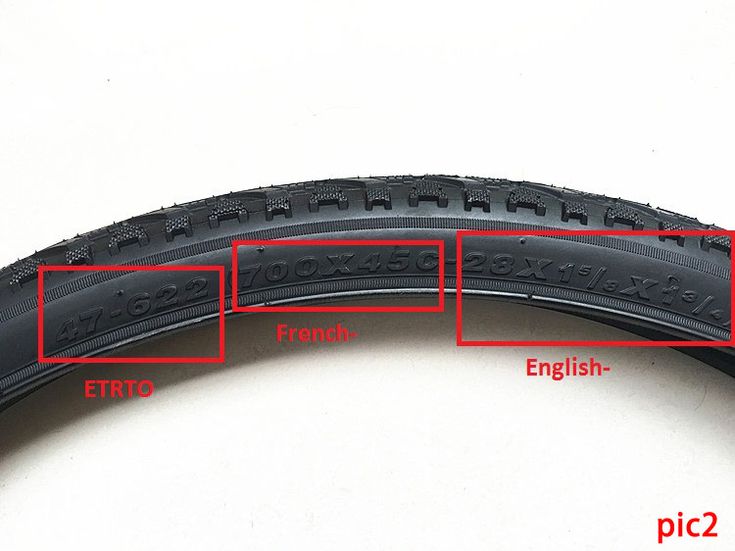 After all, your car’s tires are your only connection to the road.
After all, your car’s tires are your only connection to the road.
So when it’s time for new rubber, consider the following factors to ensure you choose the best tires for your car:
When it comes to purchasing tires, “a good place to start is to consider buying the same ones that came on the car,” says Dan Edmunds, director of vehicle testing for car site Edmunds.com.
If you like the way the car rides and handles, buy the original equipment, or OE, tires your car came with from the manufacturer.
This is the easiest option: Since the tires were designed for your car, you know they’ll be a good fit. You can find out which tires came with your car by looking in your car’s owners manual or doing a quick search on an online tire retailer’s website.
But if you want to change the ride characteristics of your car, you’ll need to do a bit more research. Edmunds says to read online tire reviews or refine your search for specific characteristics (more on that below).
Locate a placard on the driver’s side door that indicates what size tires fit your car. For example, your tire size might read P215/65 R15. This string of numbers and letters denotes the tire width, the height compared to the width, and the diameter. In most cases, your new tires should match this size.
If you shop for tires online, you can easily find your tire size on a retailer’s website, such as TireRack.com. Just enter the year, make and model of your car and you’ll find the tire size and a list of tires that match the size and will work for your car. You can then compare tire reviews and prices.
“Tires define the personality of the vehicle,” says Gene Petersen, tire program manager for Consumer Reports, which tests and reviews tires. He tells drivers to choose tires that are not only the right size, but that also optimize the car’s handling and braking ability.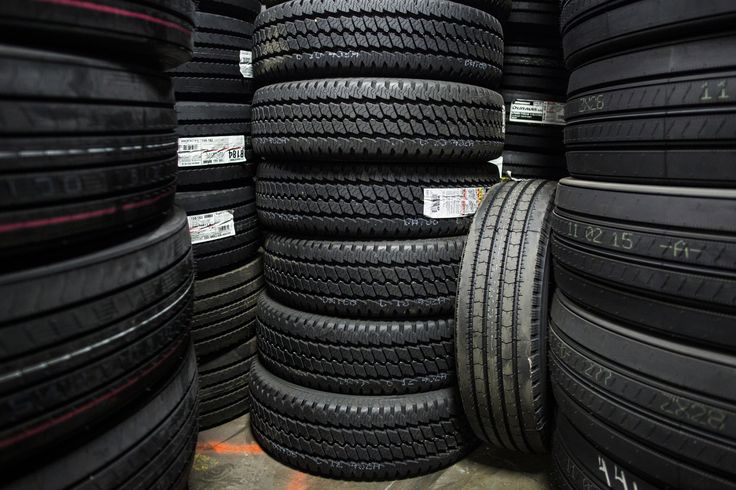 Finally, search for tires that reduce road noise and provide a comfortable ride.
Finally, search for tires that reduce road noise and provide a comfortable ride.
However, keep in mind that there will only be a few brands of tires that are developed specifically for your car, Edmunds says.
“They are chosen to achieve the ride and quietness and handling that creates the personality [the manufacturer] wants that car to have,” Edmunds says.
You’ll also need to decide whether you want all-season, winter or summer tires. Here’s a description of the differences among those tire types:
All-season tires are the most popular because, as the name indicates, you can leave them on the car year-round. “All-season tires provide some modest grip and traction on ice and a good compromise of dry and wet grip,” Petersen says.
Winter tires are not designed for all-year use. This means that you’ll either have to buy an extra set of wheels or have an installer swap them with your summer tires as winter approaches.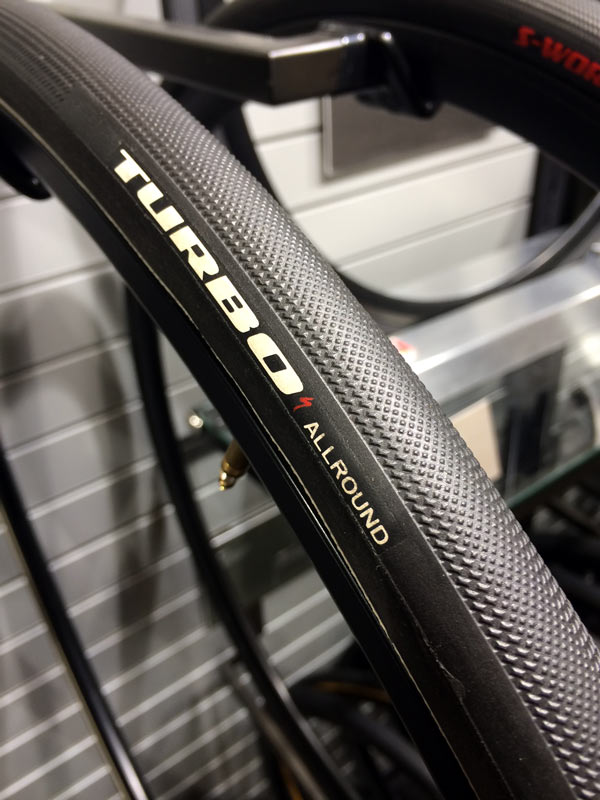 Winter tires are made of a pliable rubber compound that performs best in cold temperatures. They also have a deeper tread and more slits (called “sipes”) to break ice and bite into snow.
Winter tires are made of a pliable rubber compound that performs best in cold temperatures. They also have a deeper tread and more slits (called “sipes”) to break ice and bite into snow.
Summer tires are best suited to sports cars for performance driving and provide good grip on dry roads in warm temperatures and at high speeds. However, the soft rubber compound does not provide good traction below about 40 degrees or on snowy surfaces.
Don’t wait until your tires are dangerously worn before you begin shopping. Petersen suggests checking your current tires by inserting a quarter into the tread. If the top of George Washington’s head (pointing down) is even with the tread, it’s time to begin the shopping process. If you insert a penny and the tread is even with the top of Abraham Lincoln’s head, the tires are becoming unsafe and you should buy new ones right away.
If you get started early, you’ll have plenty of time to research tires and shop the best prices.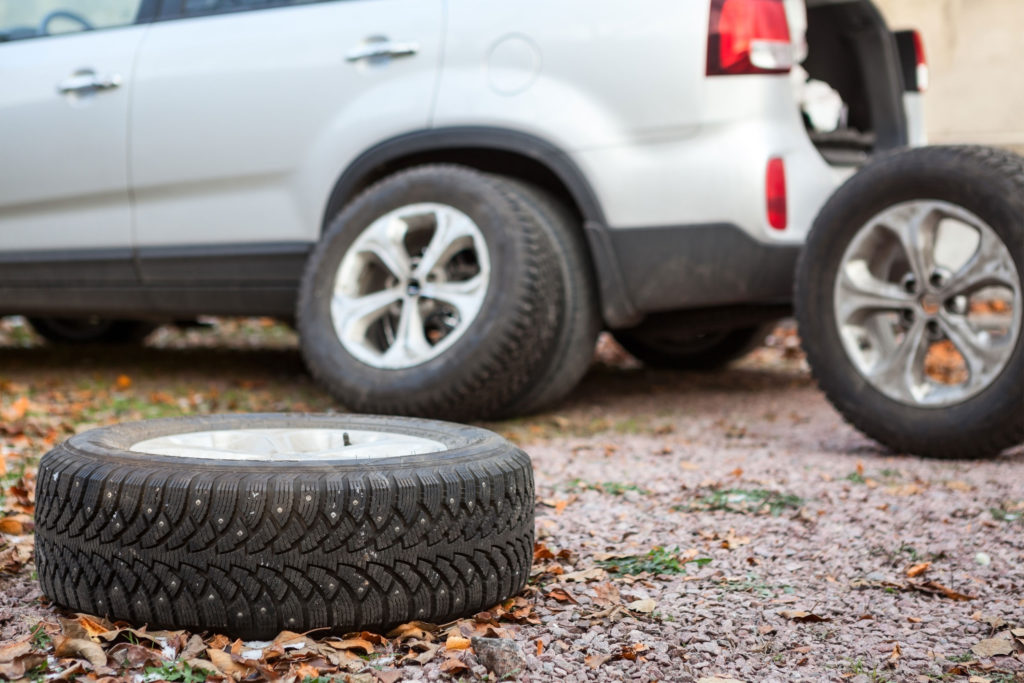 Once you know your tire size, and the type of tire and characteristics you want, you can read reviews and check out ratings from sites like Consumer Reports and SaferCar.gov.
Once you know your tire size, and the type of tire and characteristics you want, you can read reviews and check out ratings from sites like Consumer Reports and SaferCar.gov.
When you find and price the tires you want online, you may be able to get a brick-and-mortar tire shop to beat that price. If not, you can order the tires online, have them sent directly to a local installer and then bring your car in when they arrive.
So plan ahead — you’ll wind up with a smooth and safe ride, and you might even save some money.
About the author: Philip Reed is an automotive expert who writes a syndicated column for NerdWallet that has been carried by USA Today, Yahoo Finance and others. He is the author of 10 books. Read more
On a similar note...
Get more smart money moves – straight to your inbox
Sign up and we’ll send you Nerdy articles about the money topics that matter most to you along with other ways to help you get more from your money.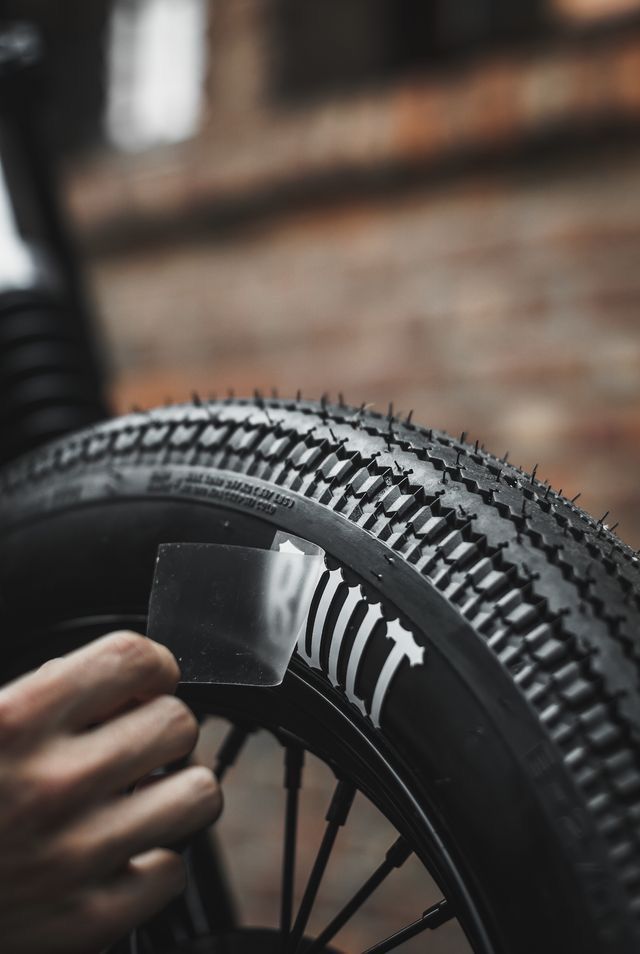
With thousands of tires available, choosing the right tire for your car may seem complicated. In order to ease task, our editors tried to describe the main points, following which, you will definitely pick up the necessary car tires.
Tire size
First, set the size of your car. You can find it on sidewall of your tire and in your vehicle manual. It looks like this:
What do the numbers mean?
1.Tread Width (mm)
2.Profile Width (in % of tread width)
3.Inner Diameter (in inches)
4.Load Index
5.Speed Index
?Lower profile tire provides a firmer ride with improved handling, but tends to be noisier and more expensive than tires with a higher aspect ratio.
Speed and load index. The speed rating indicates the maximum the speed at which a tire can carry its corresponding nominal load.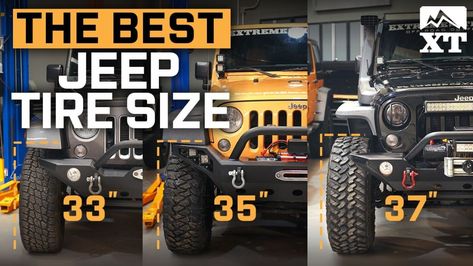
Once you know the correct tire size for your car, you you need to think about the quality of the tire that best fits your needs. Any tires sold will fit strict safety standards, but a better quality tire will last more and give you a better driving experience.
Premium tires
Thanks to the high quality construction and materials used in production, premium tires typically withstand 25,000 to 40 thousand km with normal use.
Heavy investment in research, design and technology means tires premium class Win in braking performance, fuel economy, grip (especially in wet conditions) and reduce noise levels.
Premium brands: Bridgestone, Continental, Dunlop, Goodyear, Michelin and Pirelli.
Mid range tires
If premium tires don't fit your price range, you you can consider mid-range tires. Brands may not be as good are known as premium brands, but you can still appreciate the highest quality products.
The mid-price segment can provide excellent value for money quality, and depending on the type of driving you follow, they can also have a long service life.
Tires of the middle price segment: Avon, BF Goodrich, Falken, Firestone, Hankook, Kumho, Toyo, Uniroyal or Yokohama.
Budget tires
Budget tires are a risk, sometimes not justified. Summer budget tires will perform in the same way as premium tires, but only in the dry coating. Wet roads are the real enemy of cheap rubber.
Examples: Rosava, Cordiant, Landsail, Goodride, Evergreen or Belshina.
Vehicle type
Cars and light trucks, crossovers, SUVs and vans all require special tires, so make sure you have the ability choose what you need. As a rule, tires have special markings or designations. For example SUV - for crossovers, VAN or Cargo - for light trucks, HP and UHP for high-speed cars, etc.
Seasonality
The most important thing. In the past, most drivers had a habit of keeping summer tires on your car all year round, but over time everything has become strictly adhere to seasonality. You can consider winter or All season tires for optimal performance.
Conclusion
moments. It is necessary to use the simple points of this manual - and Your winter trip will not be unpredictable, and summer will not bring discomfort.
| What winter tires to buy? Expensive or cheap? To begin with, it is worth knowing the division into classes of car tires. It is useful to know when to buy expensive premium tires and when to choose cheaper analogues from the economy segment... 06 September 2022, 10:06 | |
| Tires for electric vehicles - which ones to choose? Driving an electric car is different from driving a car with an internal combustion engine. 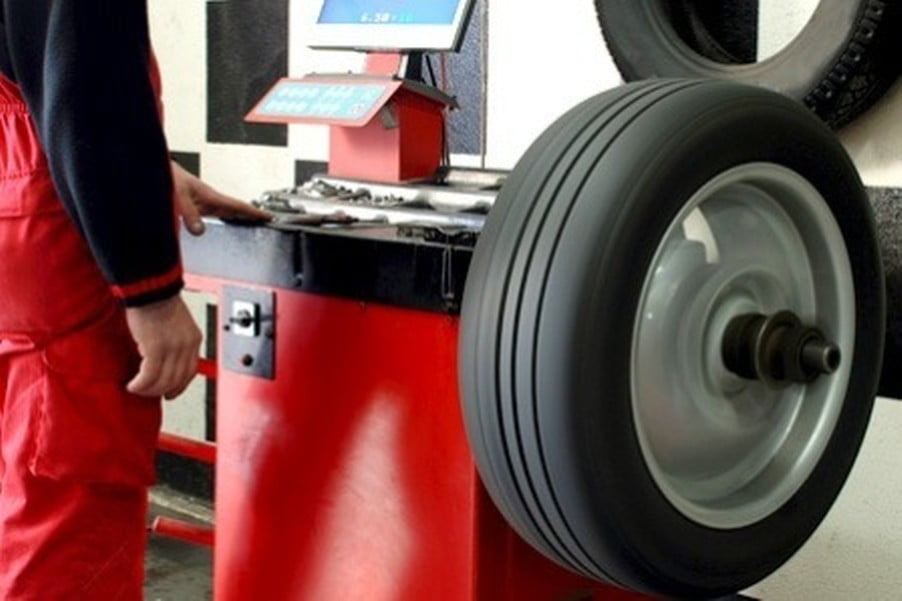 This is felt by both the driver and passengers. For tires, another type of drive is also important. Rubber on.. This is felt by both the driver and passengers. For tires, another type of drive is also important. Rubber on.. 09 August 2022, 11:58 | |
| Who are low profile tires suitable for? Car wheels are the first thing that comes to mind in the context of visual tuning. Not every car will be better after installing a tailgate spoiler. And big.. 18 April 2022, 15:42 | |
| What are UHP (HP) tires? Best choice for summer High Performance and Ultra High Performance tires are becoming increasingly popular all over the world. Our cars are getting faster, more efficient, accelerate better and provide more confidence.. February 28, 2022, 15:06 | |
| Date of manufacture of Belshin wheels Recently, cases of distrust on the part of customers have become more frequent, regarding the date of manufacture of products of the Belshina trademark.  Indignation is caused by not quite neat standard forms indicating the week and .. Indignation is caused by not quite neat standard forms indicating the week and .. 16 February 2022, 12:59 | |
With the onset of a thaw, when the average daily temperature reaches +5 degrees, it is necessary to change winter tires for summer ones. When choosing the right tire, many drivers find it difficult to strike a balance between durability, handling and value for money. The summer tire rating, which contains the best, according to auto experts, models of 2021, will help you quickly find the best option.
TOP 20 summer tires 2021: which tires are better to choose for the summer
The best tires for passenger cars
Nokian Nordman SX2
Viatti Strada Asimmetrico V-130
Pirelli Cinturato P1 Verde
Dunlop SP Sport FM800
Continental Conti Premium Contact 5
Nokian Nordman SZ
Michelin Primacy 3
Bridgestone Turanza T001
The best tires for crossovers
Kumho Solus HS51
Goodyear Efficient Grip Performance
Kumho Ecowing ES01 Kh37
Toyo Proxes T1 Sport SUV
Bridgestone Dueler H/P Sport
Best SUV Tires
Bridgestone Ecopia EP850
Continental Premium Contact 6
Michelin Primacy 4
Goodyear Eagle F1 Asymmetric 3 SUV
Bridgestone Turanza ER300
Yokohama Geolandar A/T-S G012
Nokian Tires Rockproof
As a conclusion
This tire model is suitable for use on compact cars.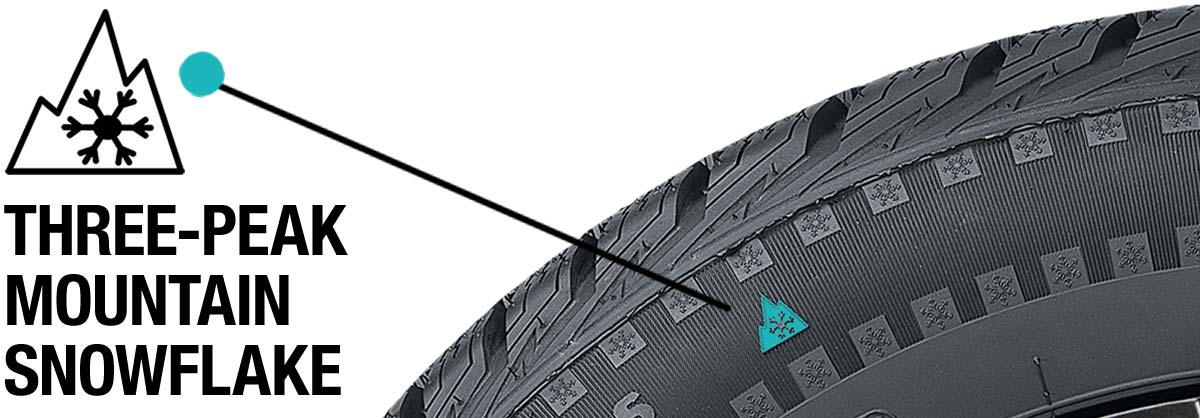 Tires are clearly not designed for aggressive driving style. Among the features of the Nordman SX2, it is worth highlighting the grooves created using the Silent Groove technology. They are responsible for high acoustic comfort and stabilization of thermal properties. While driving, the tire practically does not heat up. Such characteristics can be achieved by deepening the inner surface of the grooves. Having studied the properties of this model, we can conclude that it is optimally suited for lovers of a calm and comfortable ride.
Tires are clearly not designed for aggressive driving style. Among the features of the Nordman SX2, it is worth highlighting the grooves created using the Silent Groove technology. They are responsible for high acoustic comfort and stabilization of thermal properties. While driving, the tire practically does not heat up. Such characteristics can be achieved by deepening the inner surface of the grooves. Having studied the properties of this model, we can conclude that it is optimally suited for lovers of a calm and comfortable ride.
| Pluses + | Cons - |
|---|---|
Nokian Nordman SX2 tire reviews
This domestically produced rubber has earned a separate line in the ranking of the best summer tires due to the excellent combination of affordable price and comfort. The design of the tires includes an asymmetric tread that is responsible for hydroplaning. This also provides decent maneuverability of the car with tires Strada Asimmetrico. In its segment, rubber is ahead of many competitors, but inferior to more expensive models in terms of control efforts in a track.
This also provides decent maneuverability of the car with tires Strada Asimmetrico. In its segment, rubber is ahead of many competitors, but inferior to more expensive models in terms of control efforts in a track.
| Pluses + | Cons - |
|---|---|
|
Reviews of tires Viatti Strada Asimmetrico V-130
This model is another worthy representative of the summer tire rating for passenger cars. Features include soft sidewalls. They resist hernias well, but at the same time they allow you to easily move off-road, where the tires demonstrate very confident flotation in their class. This feature also has a downside - low rolling resistance. A well-developed system of grooves is provided for water drainage.
| Pluses + | Cons - |
|---|---|
Reviews of tires Pirelli Cinturato P1 Verde
This model of summer tires for cars from the passenger segment claims the title of the best asphalt rubber in the summer tire ranking. The soft composition of the compound provides good acoustic comfort at speeds of 70-80 km / h, as well as reliable grip on wet roads. The only drawback is the increased fuel consumption and average handling on the ground.
The soft composition of the compound provides good acoustic comfort at speeds of 70-80 km / h, as well as reliable grip on wet roads. The only drawback is the increased fuel consumption and average handling on the ground.
| Pluses + | Cons - |
|---|---|
Reviews of tires Dunlop SP Sport FM800
The next model in the ranking of summer tires are premium tires. The price fully justifies the quality of this rubber. The tires are characterized by high rolling stability and short braking distances. When used, it is possible to significantly reduce fuel consumption. All these significant characteristics are acquired through the inclusion of an improved Eco-based carcass, Sport macroblocks, and three-dimensional tread edges in the design.
| Pluses + | Cons - |
|---|---|
|
Reviews of tires Continental ContiPremiumContact 5
Another representative of the Finnish brand line is rightfully included in the ranking of the best summer tires for passenger cars. According to the manufacturer, tires are designed to provide driving comfort without losing control. At the same time, Nordman SZ can boast a decent ratio of quality and average price.
The model is offered in two modifications with different tread patterns. The first option has a symmetrical arrangement of grooves and lamellas. He was assigned a speed limit of 270 km / h. The second version with an asymmetric pattern has 4 longitudinal grooves for effective moisture removal on wet pavement. Both modifications are made from Cool Zone rubber.
| Pluses + | Cons - |
|---|---|
|
Reviews of tires Nokian Nordman SZ
Due to the high level of safety, French tires have taken their rightful place in this ranking of summer tires. The four longitudinal groove pattern helps to reduce the distance to full braking on dry and wet roads. For effective moisture removal, diagonal grooves are provided on the smoothed sidewall.
| Pluses + | Cons - |
|---|---|
|
Michelin Primacy 3 tire reviews
Tires from the Japanese brand close the ranking of the best summer tires for cars from the passenger segment. This premium segment model has a speed index of up to 270 km/h.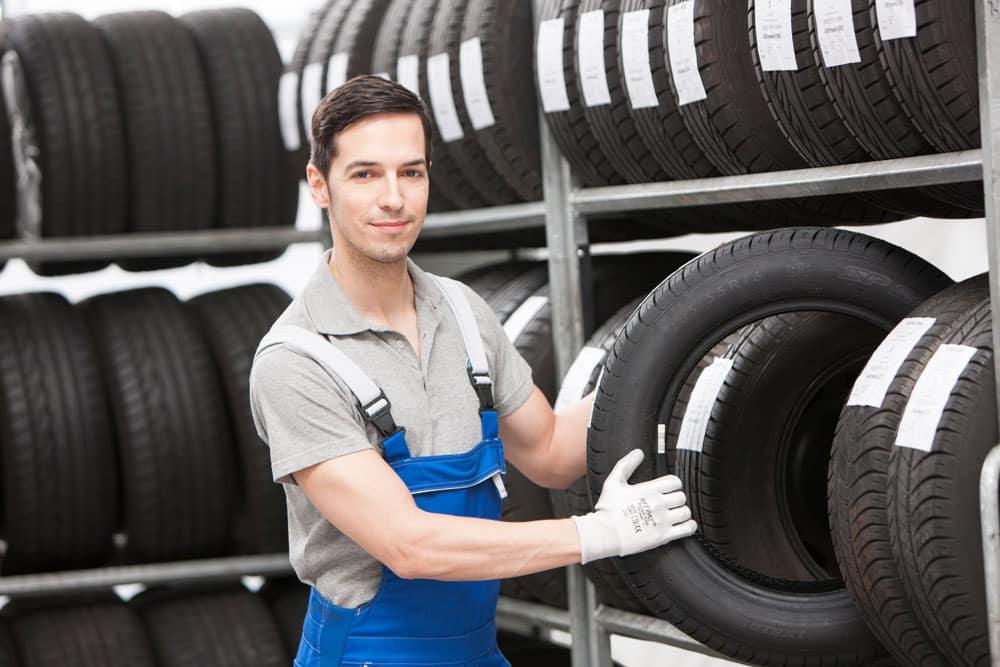 In this case, the permissible load is 730 kg. Bridgestone engineers included 5 sizes of resonators and shoulder blocks in the design. This helped reduce the noise level. Excellent rolling resistance is achieved by the inclusion of wide vertical grooves. By production of rubber the technology known as Nano Pro-Tech is applied. As a result, confident grip of the tire surface on wet roads. Rubber has a flat contact patch with asphalt. This ensures even tread wear.
In this case, the permissible load is 730 kg. Bridgestone engineers included 5 sizes of resonators and shoulder blocks in the design. This helped reduce the noise level. Excellent rolling resistance is achieved by the inclusion of wide vertical grooves. By production of rubber the technology known as Nano Pro-Tech is applied. As a result, confident grip of the tire surface on wet roads. Rubber has a flat contact patch with asphalt. This ensures even tread wear.
| Pluses + | Cons - |
|---|---|
|
|
Reviews Bridgestone Turanza T001
Opens the rating of high-quality summer tires for crossovers rubber from a South Korean manufacturer. Tires are characterized by precise steering response. This quality is not lost even when traveling at high speeds. Rubber made with the inclusion of silicon dioxide provides good grip on wet roads.
Tires are characterized by precise steering response. This quality is not lost even when traveling at high speeds. Rubber made with the inclusion of silicon dioxide provides good grip on wet roads.
| Pluses + | Cons - |
|---|---|
Kumho Solus HS51 tire reviews
Next in the ranking of quality summer tires for crossovers are premium tires. Rubber is characterized by a reduced braking distance, which is maintained on the ground, as well as on dry and wet asphalt. The design includes 5 longitudinal ribs, an asymmetric arrangement of notches of various shapes, wide shoulder zones. This provides ease of control and increased protection against skidding.
| Pluses + | Cons - |
|---|---|
Goodyear EfficientGrip Performance Tire Reviews
Another model of the South Korean brand took a separate line in the ranking of summer tires. This rubber provides a good combination of comfort and safety. The design of the tires is distinguished by a shoulder area with increased rigidity, a two-layer tread with a wide distance between the longitudinal grooves and large blocks.
This rubber provides a good combination of comfort and safety. The design of the tires is distinguished by a shoulder area with increased rigidity, a two-layer tread with a wide distance between the longitudinal grooves and large blocks.
| Pluses + | Cons - |
|---|---|
|
Reviews of tires Kumho Ecowing ES01 Kh37
This rubber model stands out among competitors with an increased wear resistance coefficient. The wide profile makes it possible to withstand loads up to 775 kg. At the same time, the mass is distributed evenly, which ensures the same wear of the tread over the entire area. The tire pattern is asymmetric, longitudinal grooves are located in the inner part. This design contributes to good aquaplaning, maneuverability and cornering accuracy. Special stiffening ribs included in the design of the T1 Sport SUV lead to a reduction in the braking distance.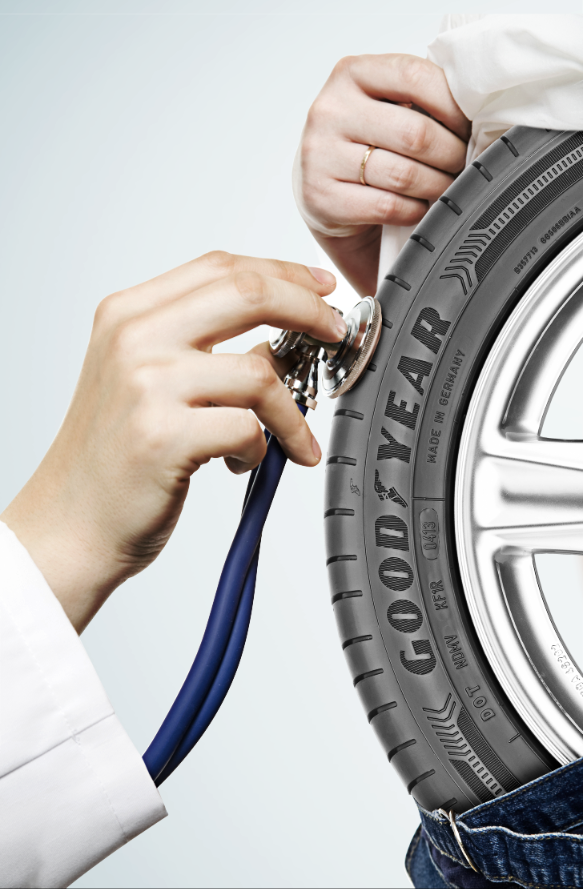
| Pluses + | Cons - |
|---|---|
|
|
Reviews of tires Toyo Proxes T1 Sport SUV
The leading line in the ranking of high-quality summer tires for crossovers is again occupied by a model from the Japanese brand. These tires have earned high praise from motorists and industry experts due to their good value for money. The basis is a specially developed rubber with an improved composition, which provides increased wear resistance and reliable grip on wet asphalt. The prescribed speed threshold means that these summer tires do not lose their key characteristics when driving at speeds up to 210 km/h.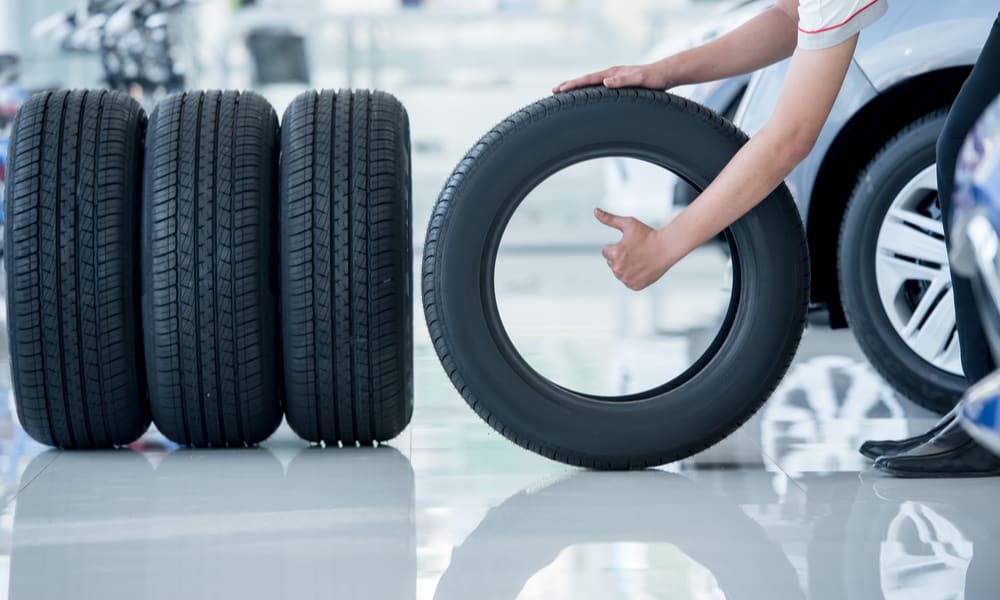 In this case, the load capacity is 775 kg. Design features additionally provide acoustic comfort and the possibility of reducing fuel consumption.
In this case, the load capacity is 775 kg. Design features additionally provide acoustic comfort and the possibility of reducing fuel consumption.
| Pluses + | Cons - |
|---|---|
|
Reviews Bridgestone Dueler H/P Sport
The Japanese-made model opens the rating of summer tires for off-road vehicles. Many of the benefits of these tires have been achieved by incorporating the Ecopia compound into the rubber. In comparison with previous models of this line, fuel consumption has decreased by 4%, the braking distance has become 1.3 m (at a speed of 80 km/h).
| pluses + | Cons - |
|---|---|
Bridgestone Ecopia EP850 tire reviews
This model has been created based on proven solutions that have shown good results in the tests of the SportContact line.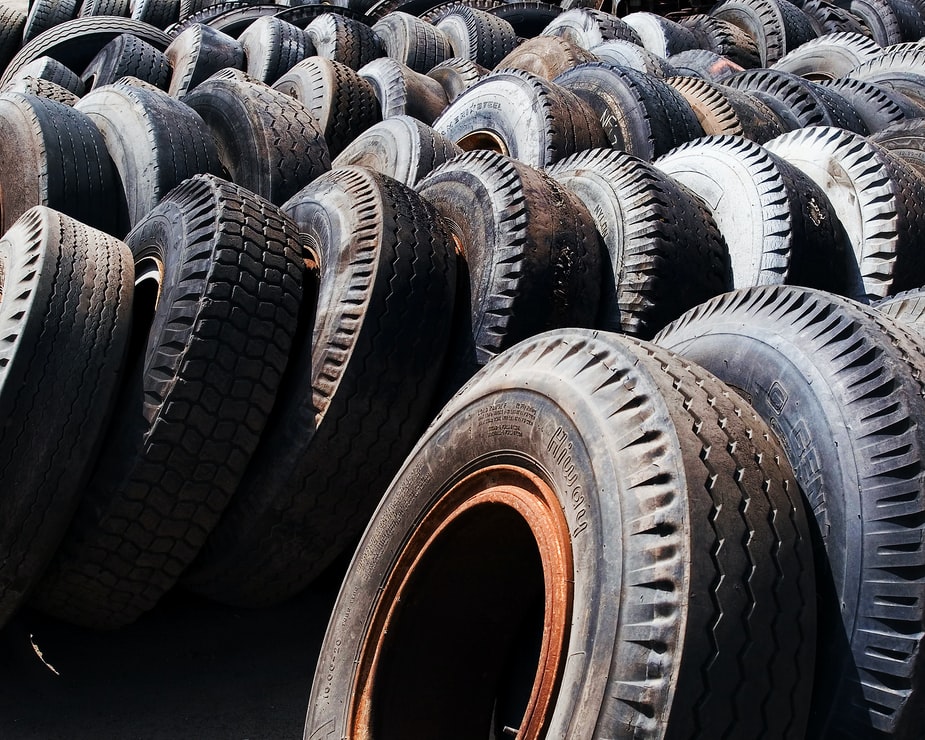 In particular, tires borrowed rubber with Black Chilli technology. In ContiPremiumContact 6, a compound that provides reliable grip on asphalt is successfully combined with an improved tread. The result of these innovations was an increase in mileage before wear and a reduction in fuel consumption. Good directional stability ensures maneuverability. However, most of these characteristics are reduced at maximum tire loads.
In particular, tires borrowed rubber with Black Chilli technology. In ContiPremiumContact 6, a compound that provides reliable grip on asphalt is successfully combined with an improved tread. The result of these innovations was an increase in mileage before wear and a reduction in fuel consumption. Good directional stability ensures maneuverability. However, most of these characteristics are reduced at maximum tire loads.
| Pluses + | Cons - |
|---|---|
|
Reviews of tires Continental PremiumContact 6
The next model in the ranking of summer tires for off-road vehicles is a premium option from the French brand. Tires are available in different sizes, have a profile height of 65%.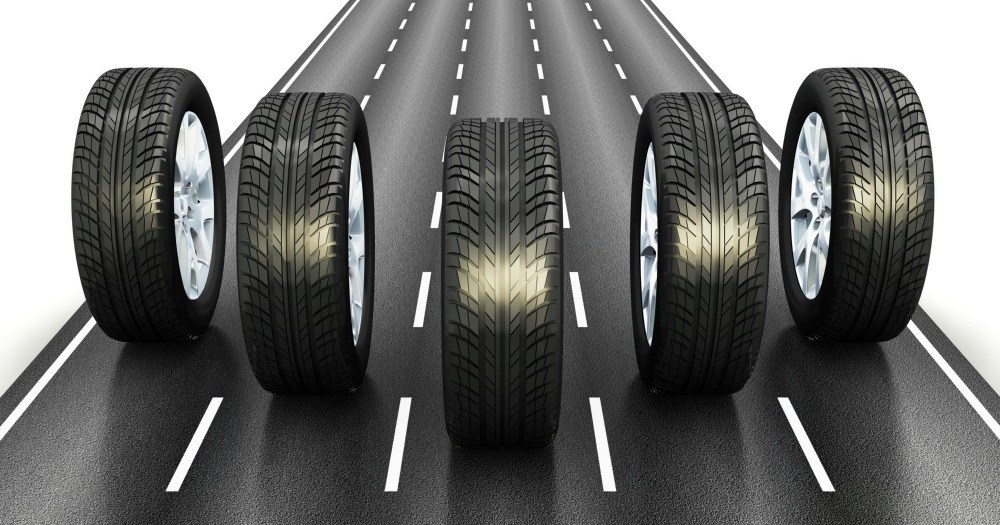 Rubber does not lose stability even when driving at high speed, which confirms its quality. Before replacement, these tires will be able to drive a distance of 50 thousand km.
Rubber does not lose stability even when driving at high speed, which confirms its quality. Before replacement, these tires will be able to drive a distance of 50 thousand km.
| Pluses + | Cons - |
|---|---|
|
Michelin Primacy 4 9 tire reviews0003
This model no longer fits into the status of a novelty, since the release took place back in 2018. However, according to auto experts, it remains in demand throughout the summer season of 2021. American rubber owes its high popularity to balanced technical parameters that provide an impeccable level of comfort. Tires accurately and quickly respond to steering turns, have a good grip coefficient. The rubber compound is selected in such a way that the sensitivity to temperature changes is minimal.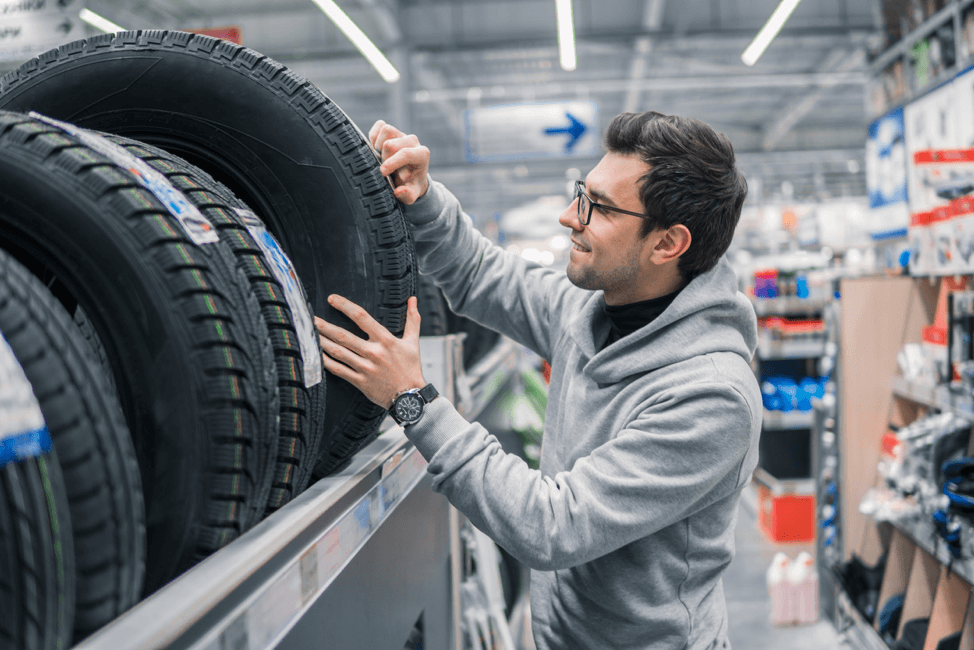
| Pluses + | Cons - |
|---|---|
|
|
Goodyear Eagle F1 Asymmetric 3 SUV Tire Reviews
Ranked as one of the best off-road tires, this tire model is designed to keep you safe even under heavy loads. The asymmetric tread pattern guarantees confident grip on wet roads of any quality. Design features allow Turanza ER300 tires to maintain excellent directional stability and short braking distances in any situation. Rubber with innovative compounds also provides a long distance to tread wear.
| Pluses + | Cons - |
|---|---|
|
Reviews Bridgestone Turanza ER300
These tires perform well in off-road conditions and do not lose grip on the asphalt road. The tread pattern has an appropriate mixed type. Rubber provides a good level of acoustic comfort and excellent grip.
| Pluses + | Cons - |
|---|---|
|
Reviews of tires Yokohama Geolandar A/T-S G012
The best model in the ranking of summer tires for off-road vehicles was tires from a well-known Finnish manufacturer. They were developed for owners of cars, often plying outside of well-groomed paved roads. The design is designed in such a way that even with active driving on gravel and rocky areas, the tires do not clog with unnecessary inclusions.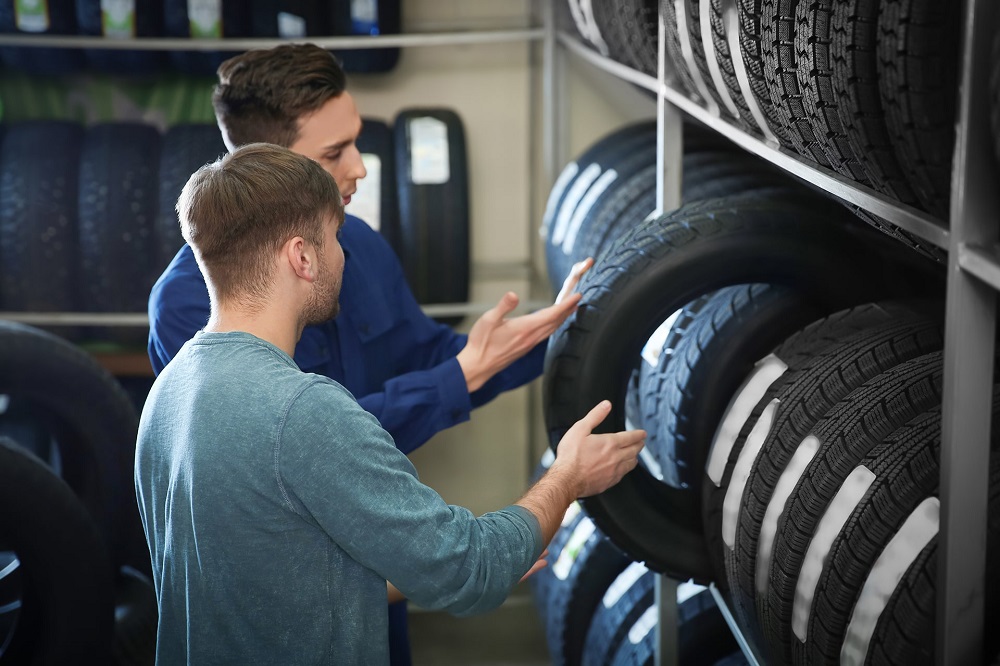 The second feature of Rockproof tires was the use of reinforcing threads. Thanks to this, rubber can be called universal. Tires are not afraid of potholes in the asphalt, as well as the sharp edges of rocky terrain. Special tread elements provide even load distribution when hitting a difficult area. Even on uneven surfaces, summer tires will retain good grip.
The second feature of Rockproof tires was the use of reinforcing threads. Thanks to this, rubber can be called universal. Tires are not afraid of potholes in the asphalt, as well as the sharp edges of rocky terrain. Special tread elements provide even load distribution when hitting a difficult area. Even on uneven surfaces, summer tires will retain good grip.
| Pluses + | Cons - |
|---|---|
|
Reviews Nokian Tires Rockproof
To choose good tires for the summer, you need to consider the nature of the ride and the type of car. As a rule, a solution suitable for passenger cars is not at all suitable for SUVs.